Providing the soundtrack to
people's lives
What, for years, was number one on the lists of things to take with you on vacation? Cassette tapes! To play in the car as a break from the radio, to never miss your favorite music at the campsite, to have the DJ play your own dance music on disco nights. Or to practice useful phrases in the language of your holiday destination during the long drive there. Nowadays we do this with the use of apps on our smartphones. What is now a relic of a bygone era was, at the time of its introduction, a revolution in a plastic box. A Philips invention from 1963.
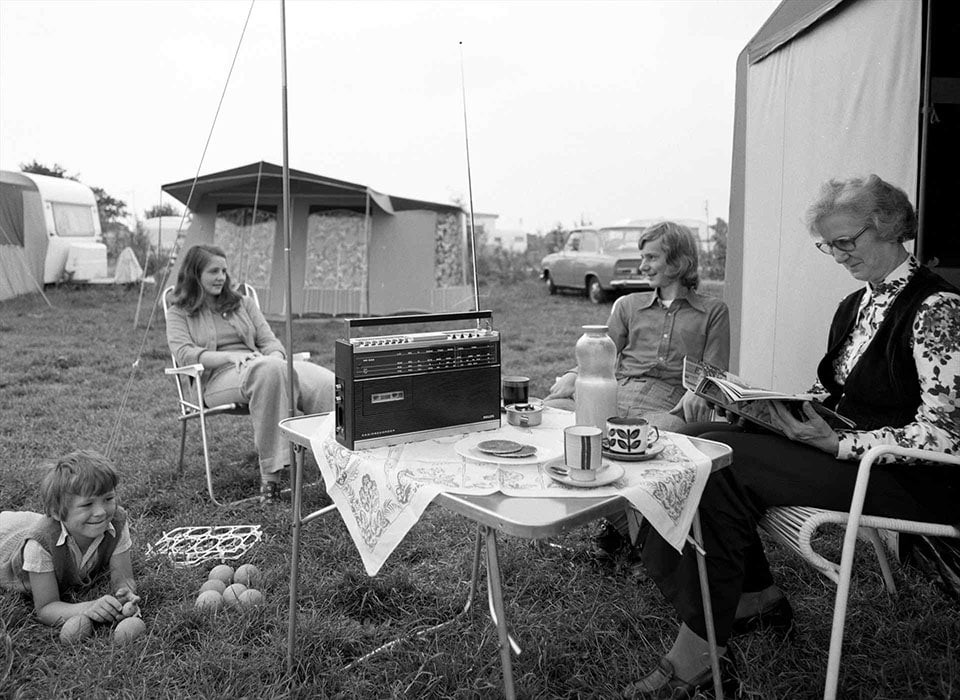
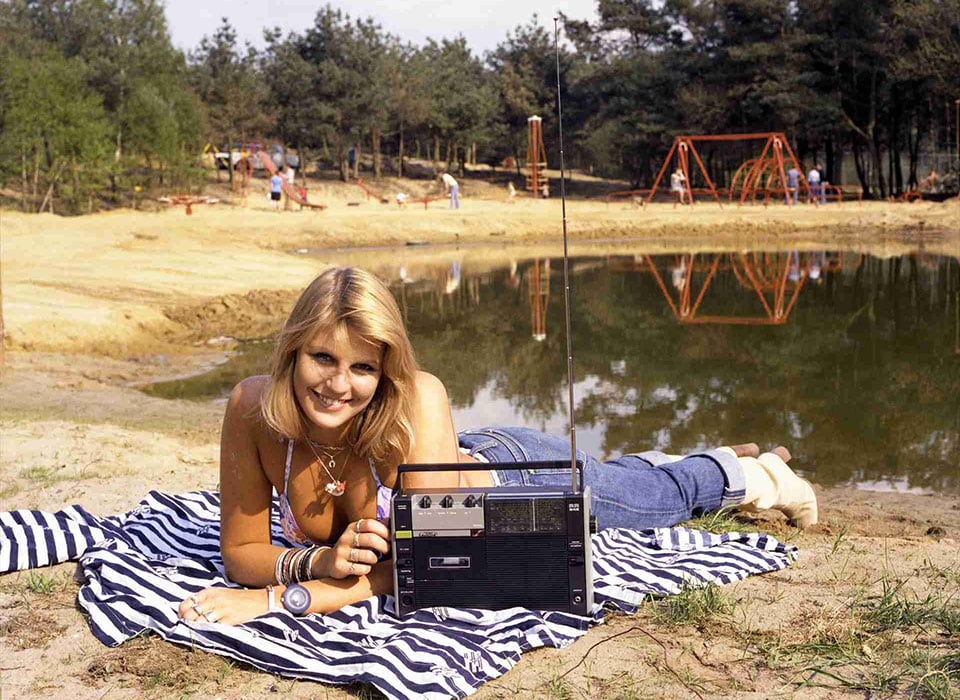
Small battery-powered magnetic recorder
In 1961, the recorders development group at Philips Hasselt in Belgium was commissioned to develop a small battery-powered magnetic recorder and accompanying cassette tape, intended for home use. This was to replace the tape recorders common at the time. The factory in Hasselt, Belgium, responsible for the production of record players and tape recorders opened its doors in 1955. In 1957, Lou Ottens became head of the Product Development Department: "We had a young team in a young factory. We were enchanted by the idea of making things as small as they could technically be," Ottens said in interviews. The success of the small tape recorder EL3585, developed in Hasselt and marketed in 1959, gavethe push needed. In developing the new device, Ottens decided to focus on ease of use: everyone, young and old and even the clumsiest had to be able to operate the new device with the same ease.
Size played a big role
Lou Ottens had a wooden block cut that had to fit his jacket pocket. That size determined the dimensions of the cassette and the device. "Small equals portability, low energy consumption and low cost. Those three features are very attractive to the customer," Lou Ottens said. Unfortunately, the museum piece has not been preserved. Other electronics companies also experimented with smaller sound carriers. The greatest achievement of the researchers in Hasselt lay in the fact that they managed to combine existing technologies in a small, convenient and workable format. Dozens of technicians and designers worked on the device, initially intended for recording spoken word. This objective was broadened just a few months later. They aimed for a quality such that music could also be recorded and played.
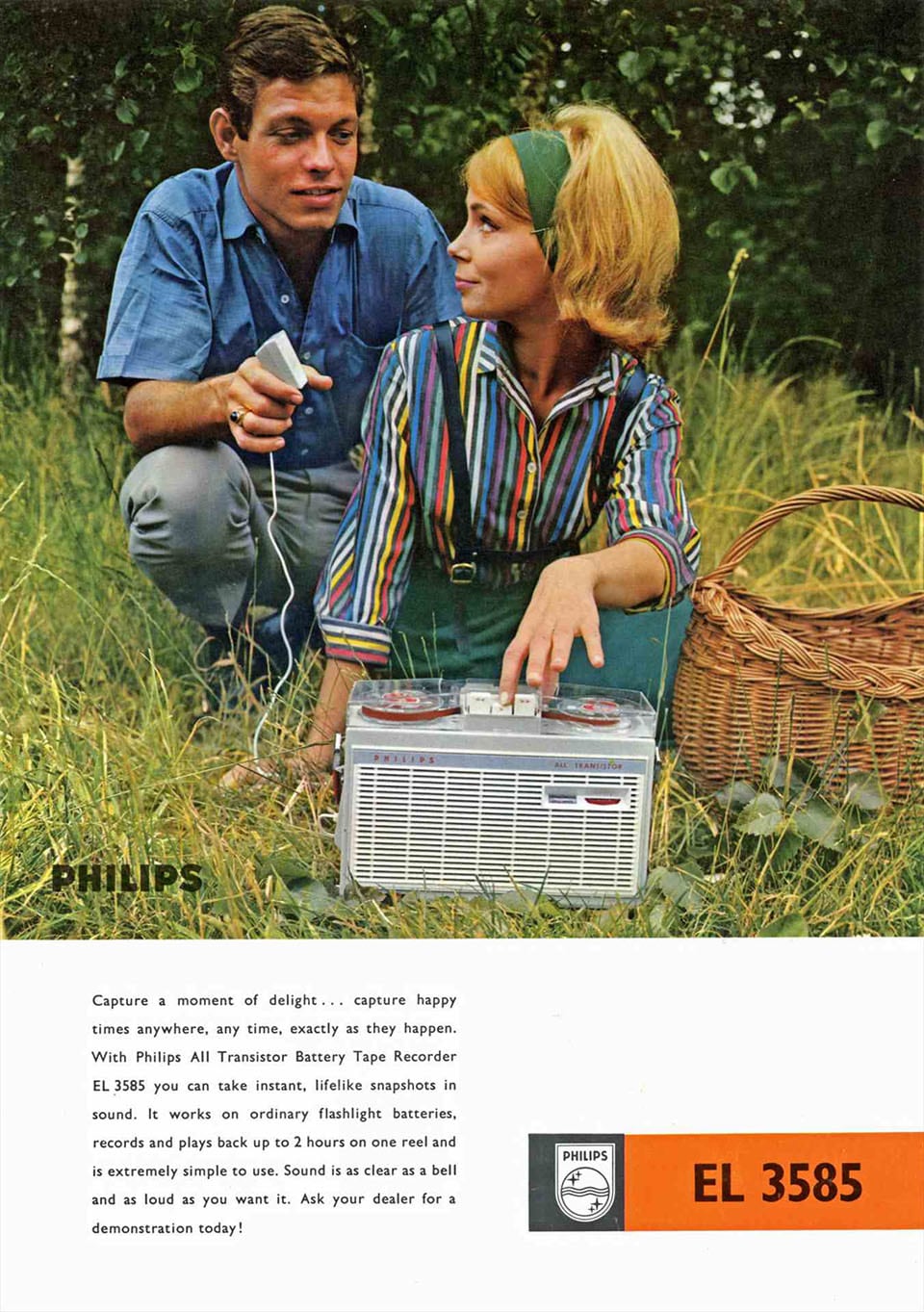
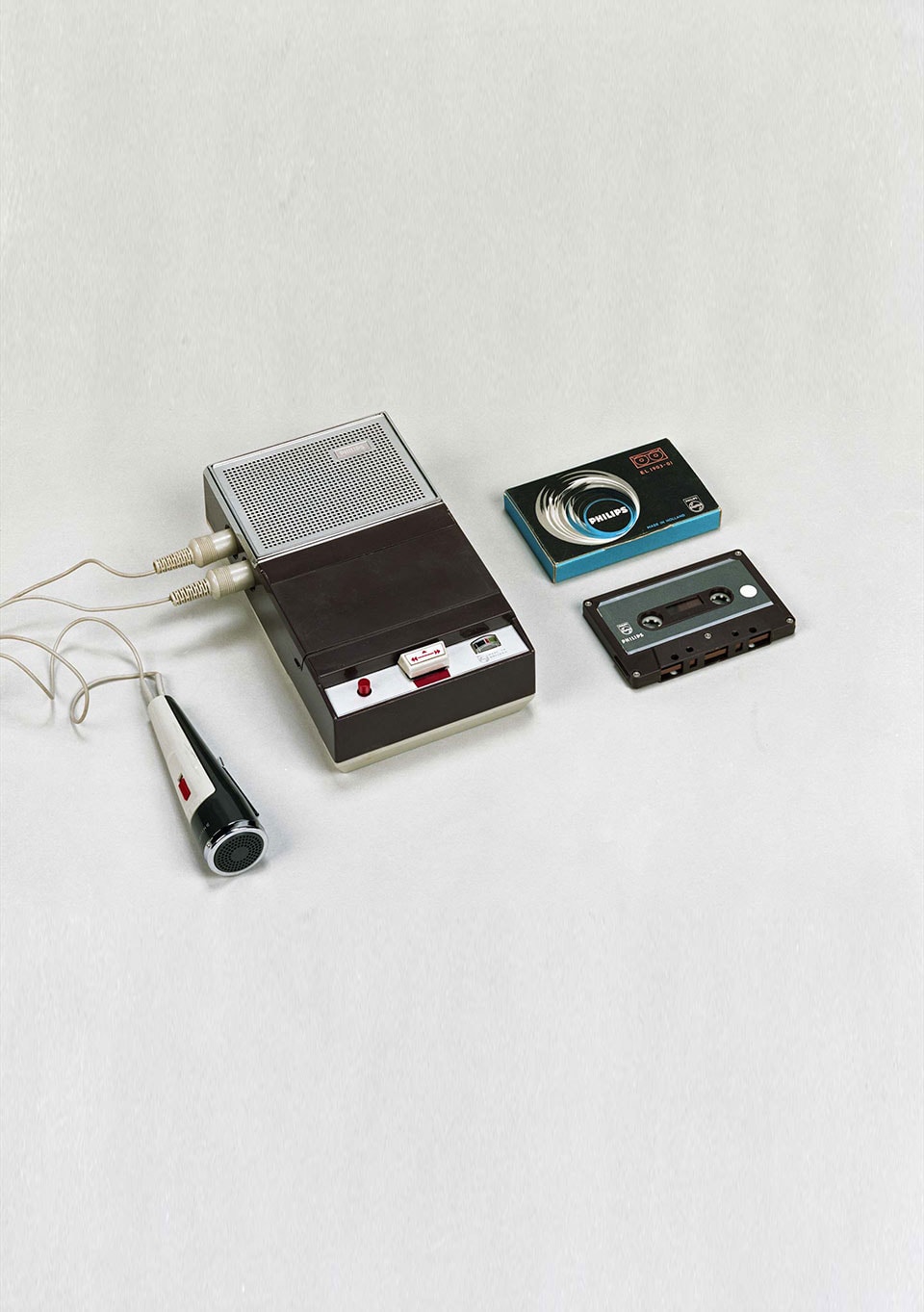
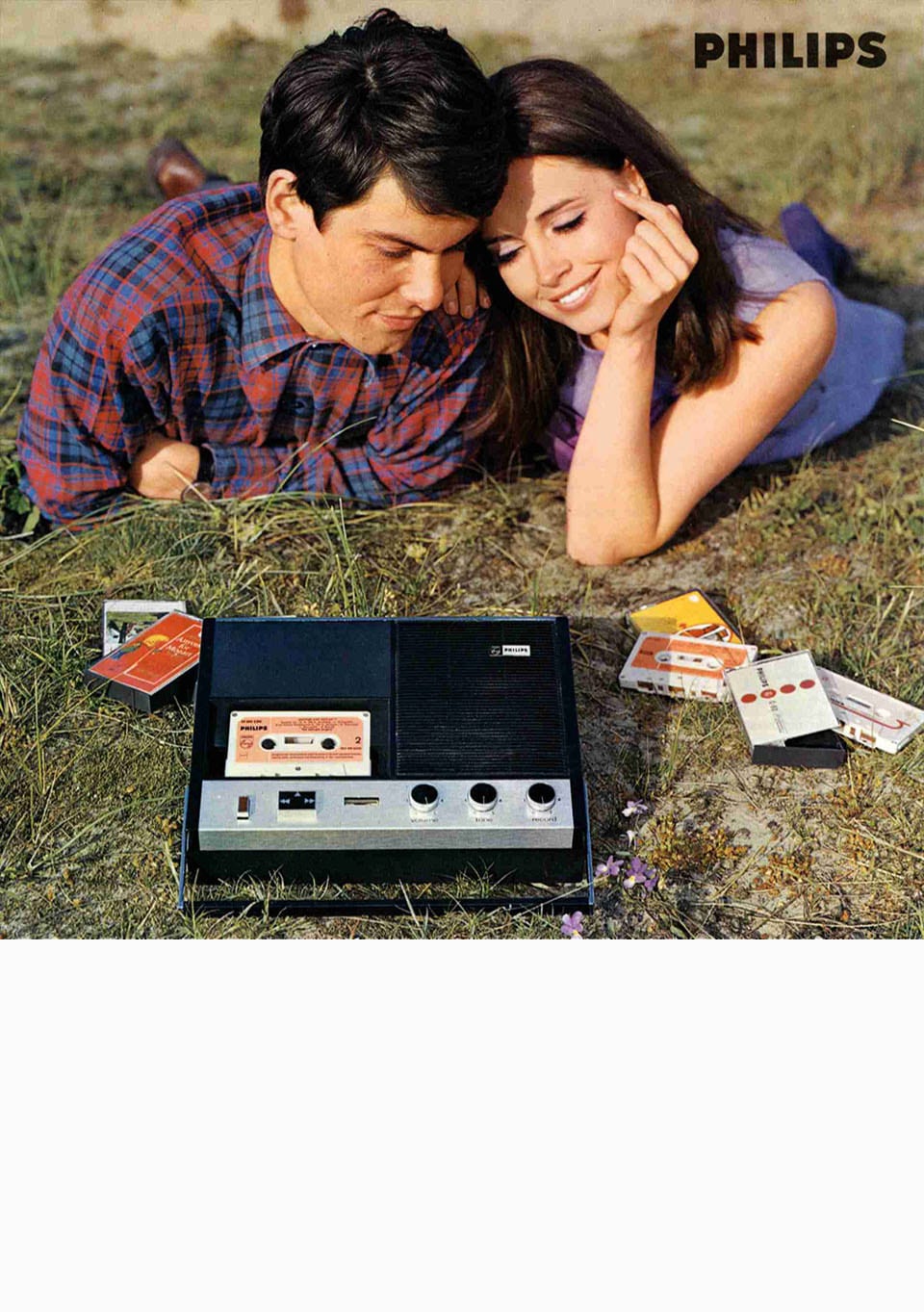
The world standard
The new device, the Philips Pocket Recorder EL 3300 and the accompanying cassette EL1903 were first presented to the public at the Internationale Funkausstellung [IFA] 1963 in Berlin. Immediately the device attracted much interest. It was so small compared to the more common larger tape recorder that it immediately caused a sensation. The team of researchers at Philips did not realize the impact their innovative product would have on the world of music and consumer electronics at the time. Ottens remembers Japanese visitors diligently taking notes and photos at Philips' exhibition booth. Within a year, imitations in various formats flooded the market. The concept’s success of the sound cassette system required standardization and compatibility: one device, one standard, one music carrier. Philips granted other manufacturers a free license to the compact cassette system, provided they would adhere to certain technical regulations. The Philips Compact Cassette became the world standard.
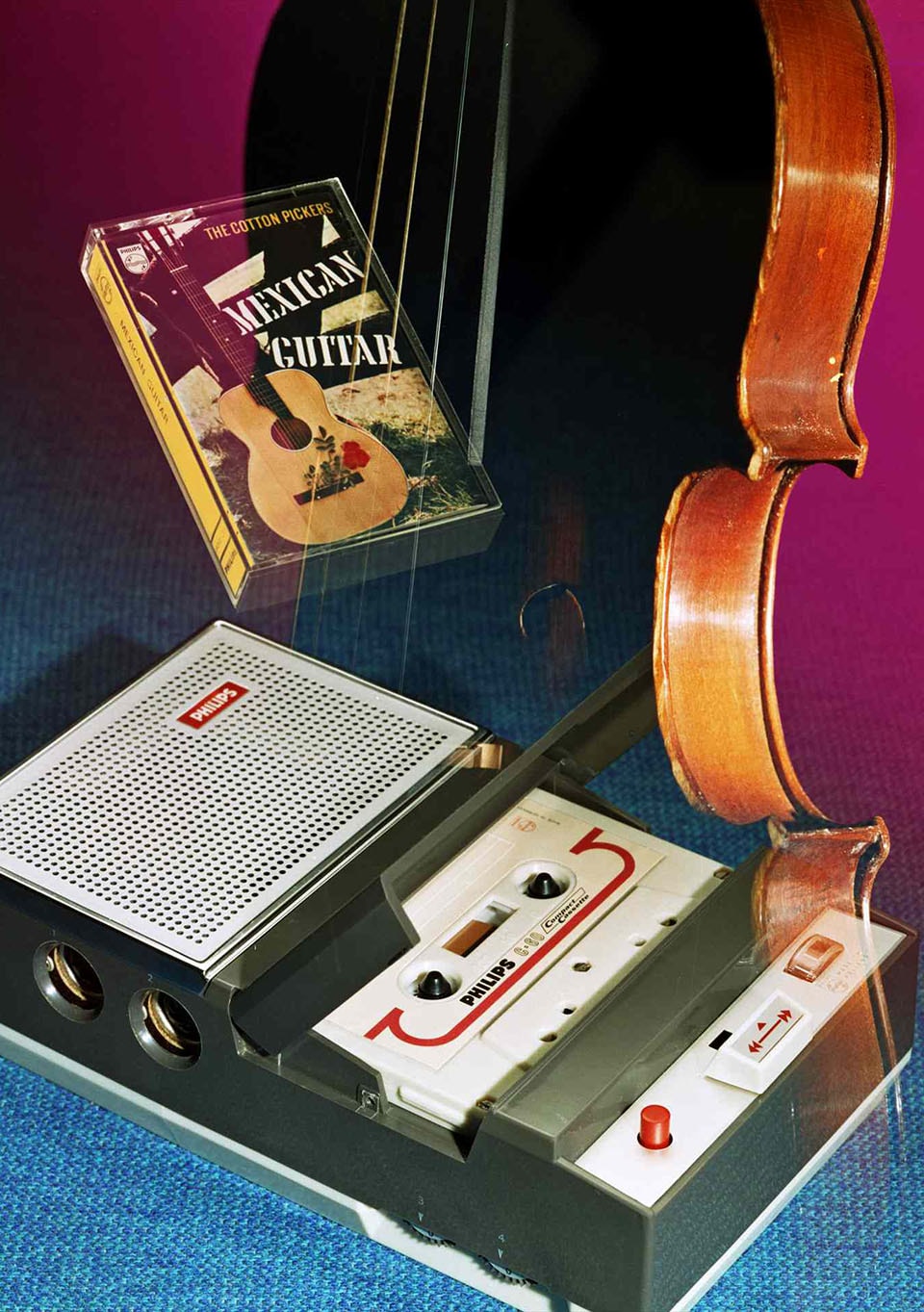
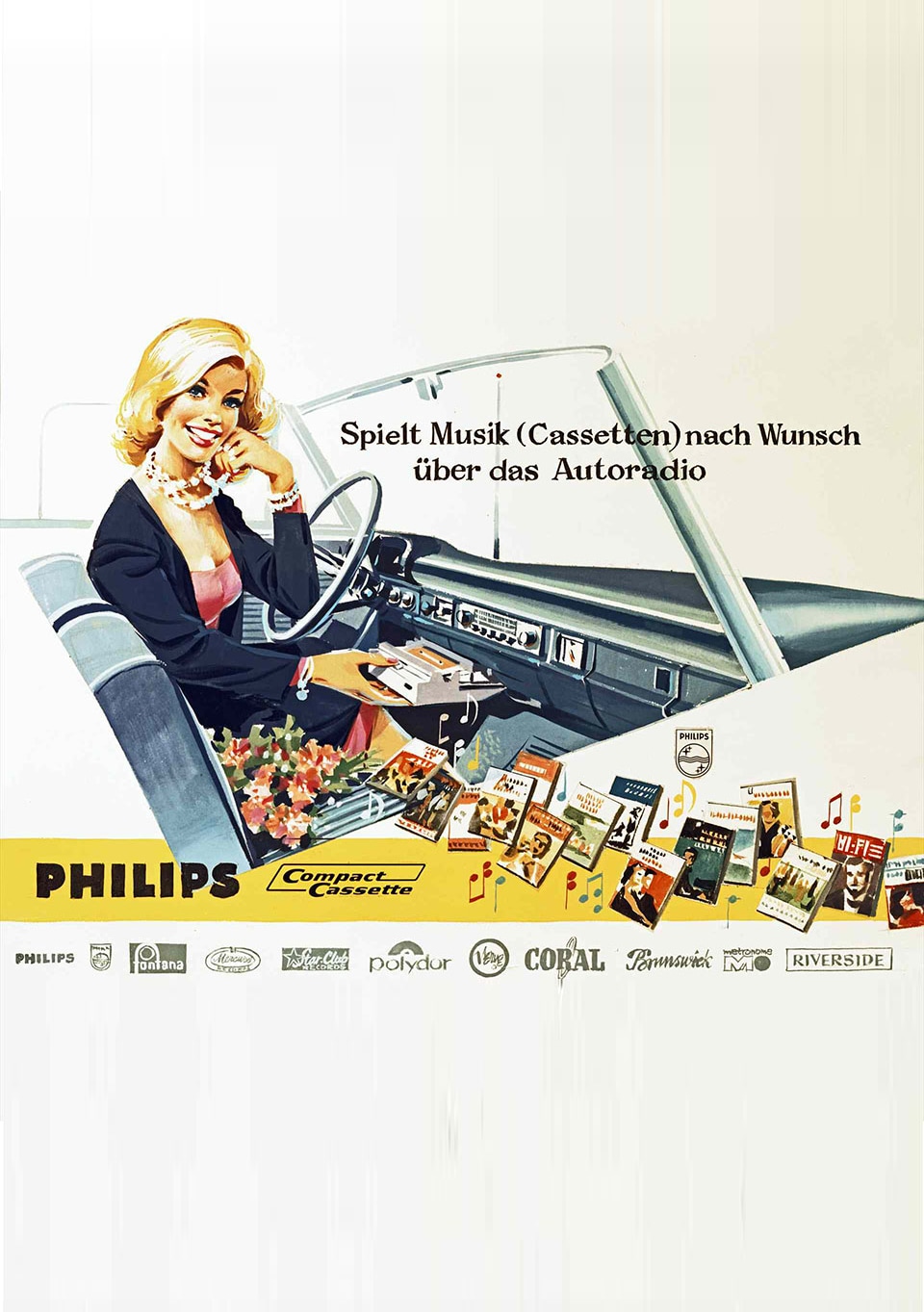
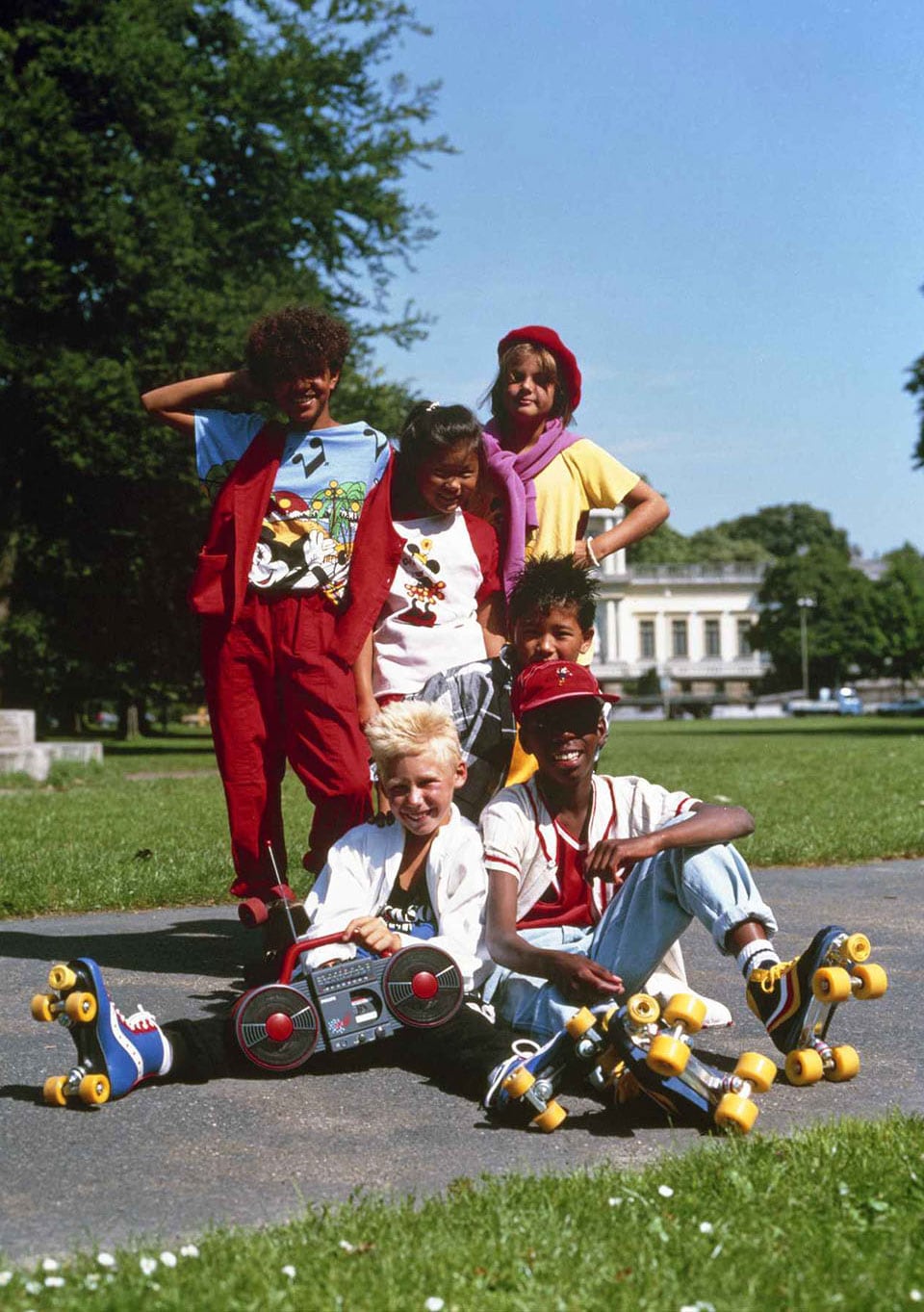
Developments followed each other in rapid succession
In March 1965, in cooperation with Polygram, Philips launched the pre-recorded (inerasable) so-called Musicassettes, along with the Cassette Recorder EL 3301. In 1966, the cassette recorder was built into a portable radio. A year later followed the first car radio-cassette recorder combination and the mini-cassette for dictation machines. In September 1967, the Philips Courier reported that there were already seventy firms in the world manufacturing cassette recorders with unrecorded cassettes based on the compact cassette and recording system alone. The international program of music cassettes included twelve hundred units from seventy different labels.
The success of compiled mixtapes
The compact cassette remained an important sound carrier for over 35 years and became the most widely used home recording system. The quality of the magnetic tape and recording system was constantly being improved. It was affordable and offered unprecedented possibilities along with great ease of operation. The invention from Hasselt penetrated the farthest corners of the world. It was a great success among young people in the 1970s and especially the 1980s. The mixtapes filled to their own taste are still kept by many as relics from this era. By simultaneously pressing two buttons - record and play - you recorded whatever you wanted: sounds, radio programs, audio messages for your family or friends. However, cassette tapes were mainly used for recording music.
Exchanging music
Today, we listen to our personal playlists via our smartphones. In the 1970s and 1980s, however, there were no streaming services. You recorded the latest hits from the radio with your cassette recorder, preferably without the voice of the presenter or DJ talking through the music for the first few seconds. You could then carry the cassette tape around in your pocket, listen to it at any time, exchange it with friends and copy it. Releasing music by yourself was now also a possibility. New musical styles such as hip-hop, punk and other genres that emerged from subcultures found their way to the public faster and easier with a cassette tape. The principle of recording and playback was always the same. Worldwide. Regardless of the brand of tape or equipment. Did the tape jam? It was easy to fix: a pencil was enough. Was it torn? A piece of tape fixed it. And you could creatively personalize the card in the box.
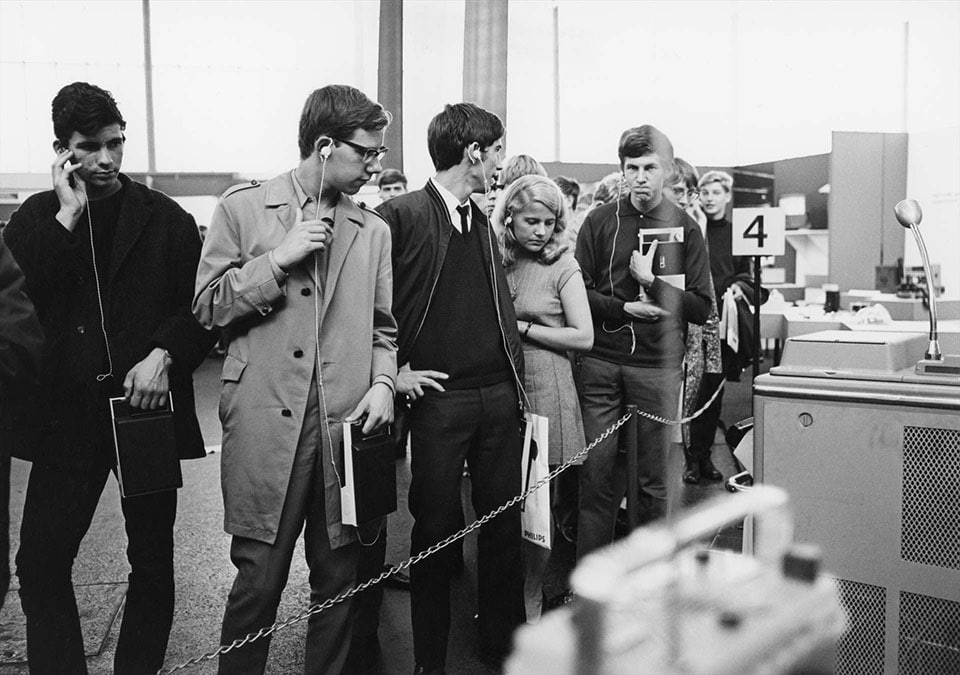
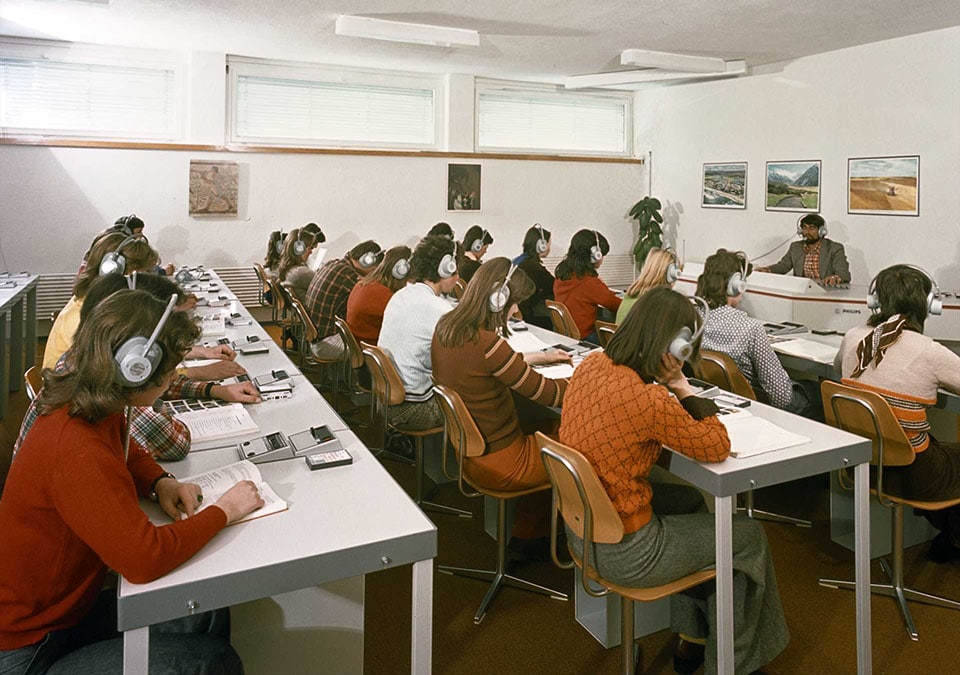
The nostalgia of cassette tapes
The music businness still turns to cassette tapes. With the easy recording system, musical productions can be recorded quickly. Unlike a digital recording, one has something tangible to hold in his hands. In interviews, Lou Ottens mentioned that he had nothing to do with cassette tape nostalgia. He preferred to look forward rather than backward. "The cassette is history," he said. "I like it when something new comes along." While the compact cassette was on its rise, Ottens and many other Philips engineers were already working on the development of an even greater music innovation ... the compact disc.
Article written by Miriam Lengová, Philips Company Archives.
Copyright: Royal Philips / Philips Company Archives.

